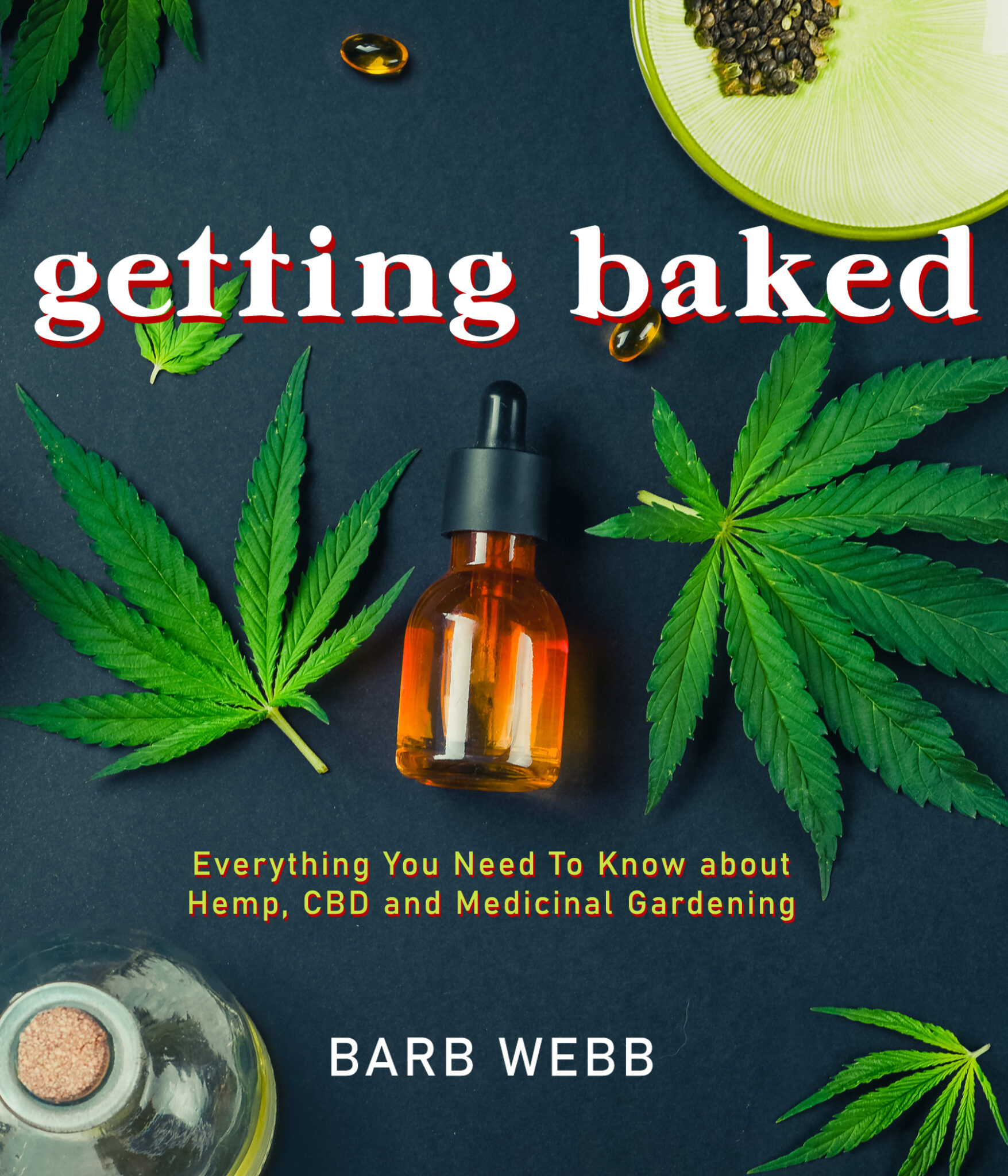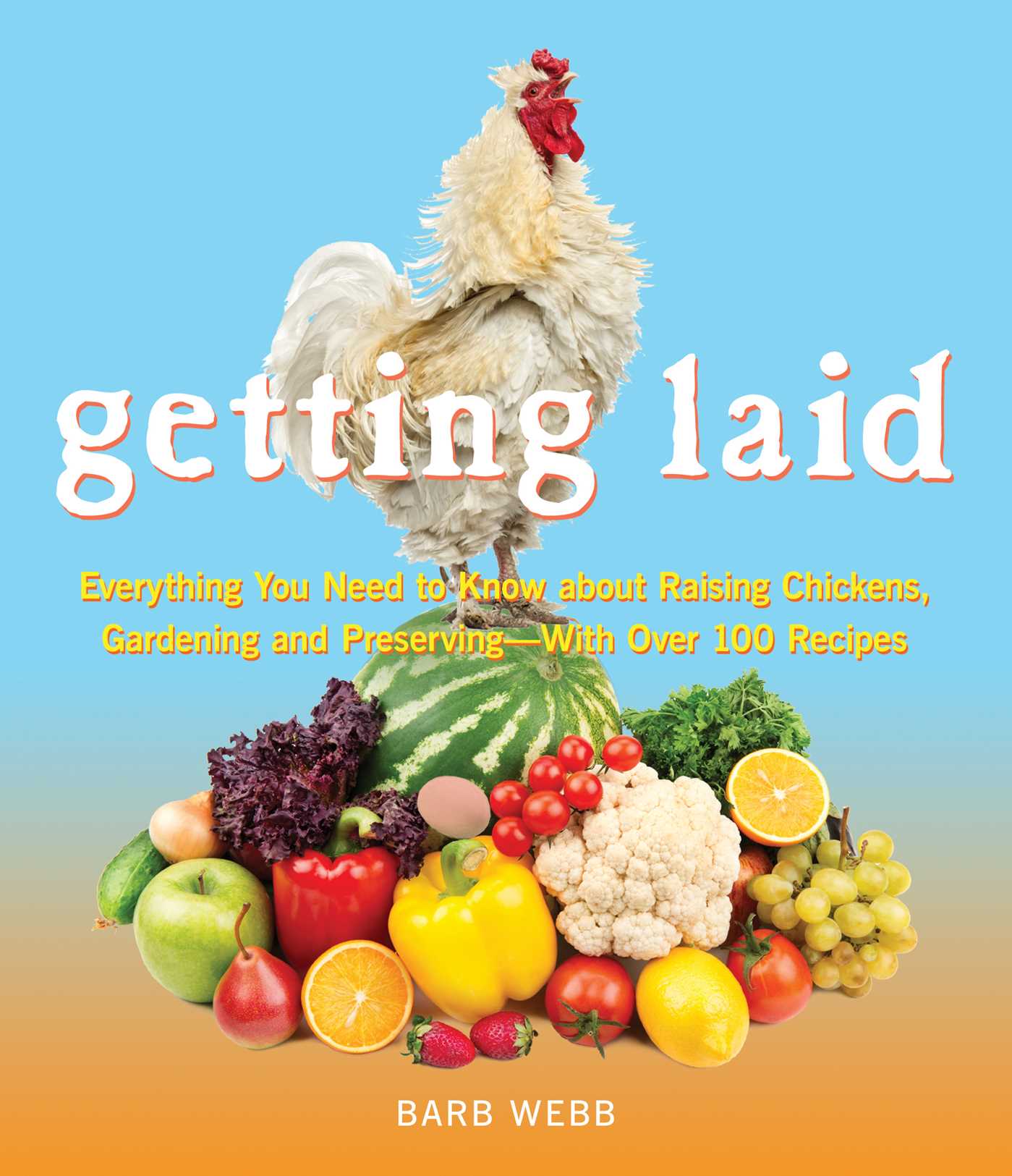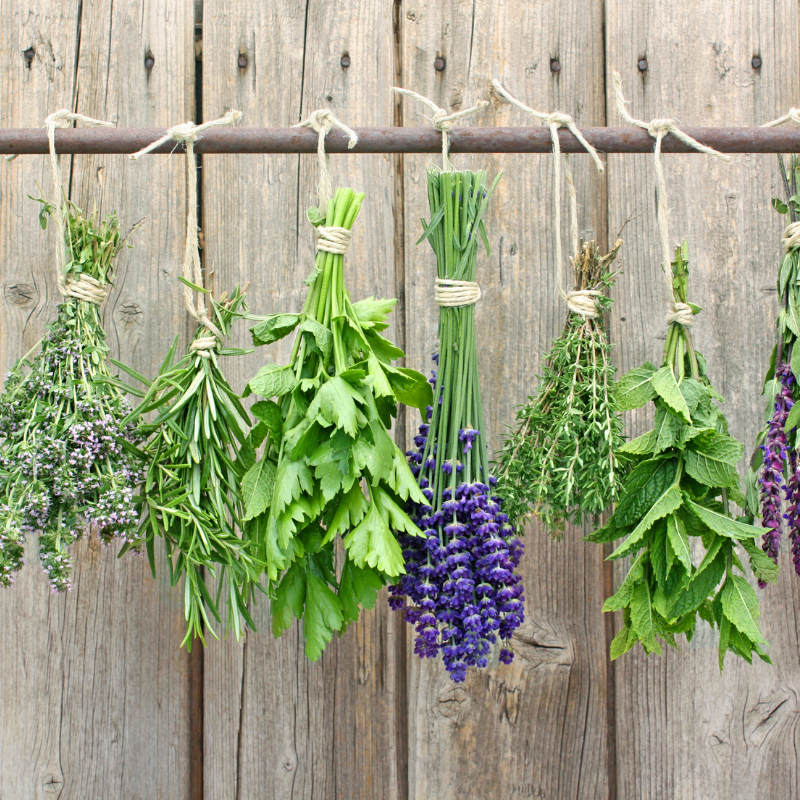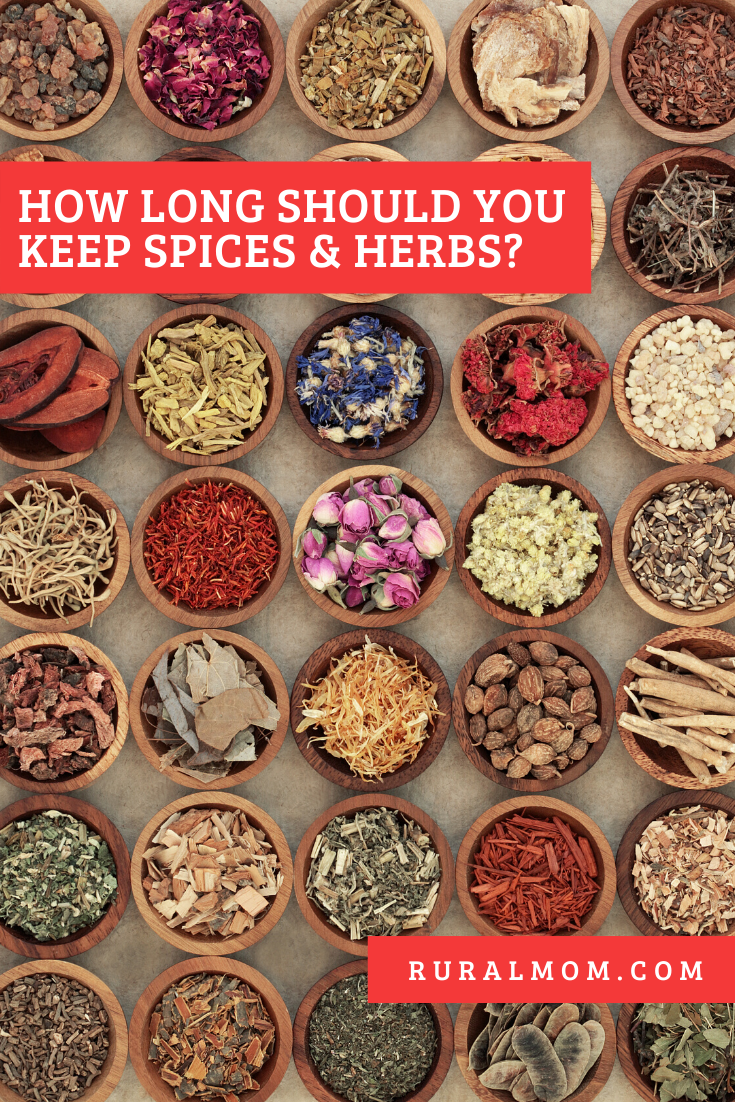Just like a fine wine many foods better with age. World cheeses, vinegar, cured meats, stews – as each of these items age they develop deeper and more intense flavors. Spices, on the other hand do not age gracefully. For the success of your culinary efforts, it’s important to know how long you should keep spices and herbs.
Herbs and spices are potent and full of flavor one day than pungent, the next. What is a flavor seeking foodie to do?
How do herbs and spices lose their flavor?
Herbs are the edible leafy-green portion of a plant. Spices are the edible seed-pod, bark or root of a plant. Dried herbs and spices look like they will last forever. How could they go bad? They have no moisture to help promote the growth of molds or other bacteria.
Quite simply, they share common enemies: light, heat, moisture, and oxygen. UV rays tend to break down flavor compounds and diminish the resulting flavor. Heat is one of the most commonly found enemies. Ironically the most popular place for a spice rack is often the worst.
A rack just above the stove or right beside it is not ideal. In either of these places those spices will absorb reflective heat from your cooking surface. This breaks down and diminish the oils responsible for flavor.
Moisture is also a problem as it contributes to musty flavors and possibly even mold growth.
Finally, exposure to air helps to promote evaporation of aromatic compounds. These compounds are responsible for much of what we perceive as taste.
Moral of the story: store dried herbs & spices near the stove, not over it to help prolong their shelf life.
A little goes a long way
Give your food a flavor “facelift” by buying herbs and spices in smaller quantities. Use them quickly, then replace as needed.
Herbs and spices should not be among your bulk food club purchases. Little jars of are more expensive in the grocery store than the bulk buying clubs. But, in the process you lose freshness. Unless you’re planning to use the extra for canning, focus on maximizing flavor rather than purchase volume.
Some herbs are simply better fresh. Dried chives, parsley and chervil are three that are about as flavorful as sawdust from your garage that has been tinted green with food color.
Keep track of how long those have been on your shelf by marking the label with the month and year you added the item to your flavor arsenal. Buy spices in stores where there is a large turnover. If that jar is dusty or the label is faded or looks a bit haggard you’re better to opt for a different venue.
Create a kitchen spice and herb garden
Consider growing your own! Many spices and herbs are easy to grow indoors and out. It’s one of the best ways to have fresh ingredients on hand for all your cooking needs.
Herbs get plenty of attention as they are common to our gardens. Many spices, though, are just as easy to cultivate like mustard seed, ginger and garlic.
You may even already be growing coriander if you have cilantro plants. When the plant is young and you harvest the leaves, it’s cilantro. When the plant matures and flowers, you will have coriander from the flower heads!
If you grow more than you can use, fresh spices and herbs can be dried/dehydrated or frozen for longer storage.




